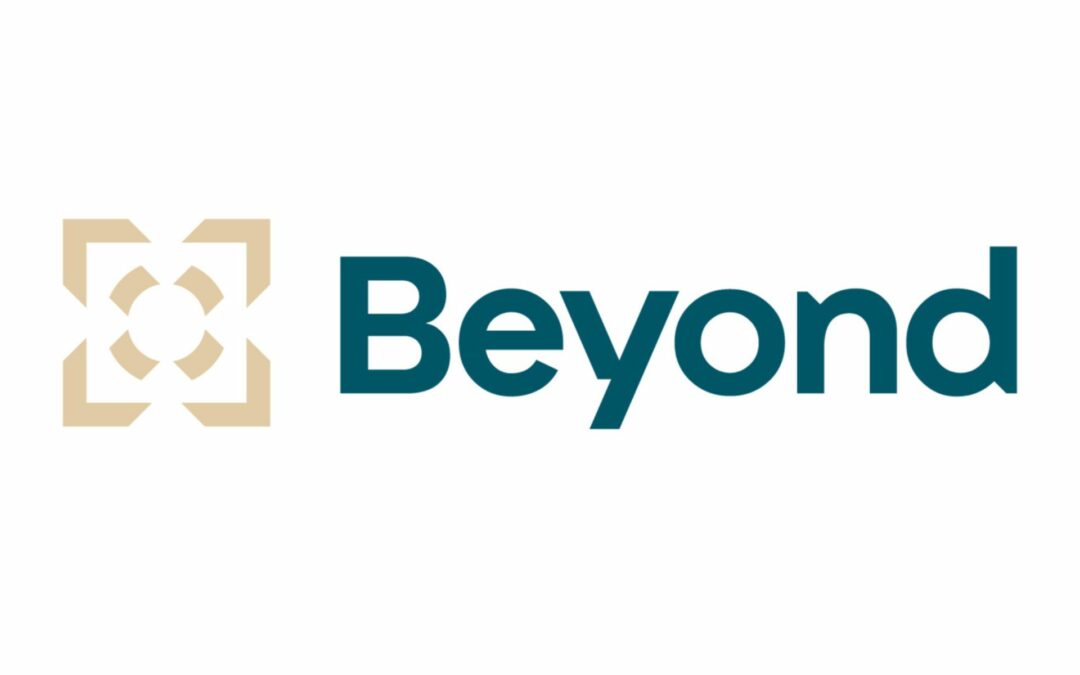The United States economy, going into the last weeks of the holiday season, remains healthy, the National Retail Federation suggested, even if it is slowing under the influence of the U.S. Federal Reserve’s anti-inflation initiatives.
NRF Chief Economist Jack Kleinhenz said, “The U.S. economy is on track to end 2023 with vigorous growth for the year. A strong labor market, rising wages and access to excess savings have helped spending continue despite inflation and higher interest rates.”
NRF pinned gross domestic product growth for the year at 2.5% adjusted for inflation over 2022, “much higher than expected a year ago,” Kleinhenz noted.
As part of the NRF Monthly Economic Review, Kleinhenz pointed out that GDP grew at an annualized pace of 3.2% during the first three quarters. GDP shot up to 5.2% in the third quarter, but it is likely to slow to 1.2% in the fourth, NRF pointed out, citing the Federal Reserve Bank of Atlanta’s GDPNow model.
Gross domestic income, which goes beyond the value of products produced to include wages, rent, interest and corporate profits earned during production, was up 1.5% in the third quarter, adjusted for inflation, after gaining 0.5% in the second quarter. It was the fourth consecutive quarter in which GDI grew less than GDP, which Kleinhenz said “adds to the argument that the economy is slowing” even though neither figure indicates that growth has stalled.
Slower GDP and GDI growth line up with consumer spending, which rose only 0.2% month over month in October, down from a 0.7% gain in September, which represented the slowest growth pace since May, NRF reported. In a similar vein, retail sales reported by the Census Bureau slipped 0.1% month-over-month seasonally adjusted in October after a 0.9% increase in September. At the same time, year-over-year retail sales growth fell from 4.1% unadjusted to 2.5%. The sales results demonstrated households reduced spending on automobiles, furniture, and clothing while increasing spending more on travel, health care and housing.
Kleinhenz said the “resiliency of the consumer is being tested” by factors beyond inflation and interest rates. Excess liquidity built up during the pandemic is shrinking, and access to credit has become more expensive as banks have become more cautious, curbing the purchasing power fueled by job and wage gains. Hiring held steady in October, but job openings were at their lowest level since March 2021, and unemployment reached its highest level since March 2021.
On the plus side, the Personal Consumption Expenditures Index, the inflation measurement followed by the Federal Reserve, was at 3% year over year in October, the lowest level in two-and-a-half years. Overall finances are in “good shape” and personal spending rose 5.3% year over year in October while disposable personal income grew a “healthy” 7%, Kleinhenz stated. As such, “continued consumer resilience” should mark the holiday season, which began November 1 and continues through the end of December,” he maintained.
NRF expects record spending and has forecast holiday retail sales to increase between 3% and 4% over 2022, consistent with pre-pandemic growth rates.
“The remarkably resilient consumer has been the story of 2023,” Kleinhenz concluded.





